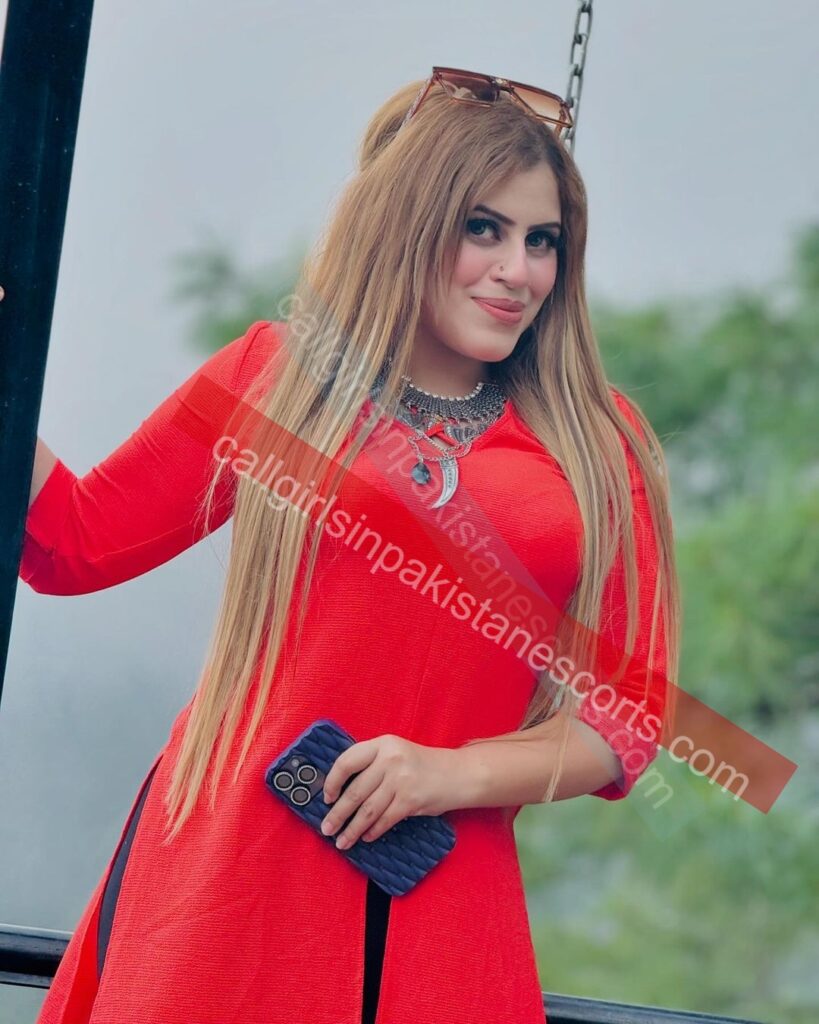Introduction
Faisalabad, the third-largest city in Pakistan, is renowned for its vibrant textile industry, strong agricultural base, and rich cultural heritage. However, alongside its industrial significance and historical landmarks, the city encompasses a hidden social landscape that includes the presence of call girls. This essay aims to provide an in-depth exploration of famous call girls in Faisalabad, examining the sociocultural dynamics that surround this profession, the influences of urbanization, and the complexities these individuals face in their daily lives.
The Context of Call Girls in Faisalabad
To appreciate the presence of call girls in Faisalabad, it is vital to contextualize their existence within the broader framework of Pakistani society. Traditionally, the country has been characterized by conservative values and strict social norms. However, like many urban centers worldwide, Faisalabad is experiencing rapid change due to globalization, economic development, and increased migration. Such transformations have resulted in evolving social attitudes toward sexuality and personal relationships. Within this environment, the emergence of the call girl profession can be viewed as a response to shifting demand for companionship and intimacy, often driven by socio-economic factors.
High-Profile Figures and Their Impact
Although the world of Faisalabad call girls is largely underground and remains enveloped in stigma, some individuals have garnered attention due to their notoriety. Famous call girls often become symbols of defiant femininity amidst societal restrictions, challenging prevailing notions of morality. Their prominence may arise from various factors, including unique personal stories, media coverage, and the magnetic allure of their personalities.
These individuals often craft public personas that captivate the imagination, resulting in a blend of admiration and condemnation from various societal factions. Their stories frequently highlight themes of empowerment and empowerment’s counterpoints, such as exploitation and societal judgment. By navigating the thin line between defiance and vulnerability, these call girls function within a paradoxical space where they embody both the challenges and triumphs faced by women in modern Pakistan.
Societal Perceptions and Stigmatization
The social standing of call girls in Faisalabad is fraught with contradictions. On one hand, they frequently encounter severe stigma and discrimination, which can manifest in various forms, from verbal harassment to social ostracization. On the other hand, some individuals engage with these professionals out of a mixture of desperation, curiosity, or rebellion against conservative norms surrounding sexuality.
Stigmatization can have dire consequences, influencing not only the professional lives of call girls but also their personal relationships and mental health. The fear of being shunned or denied access to opportunities for education and employment can lead to a cycle of marginalization that is hard to break. It is crucial to shift the narrative surrounding these individuals to promote understanding and compassion rather than contempt.
Economic Factors and Empowerment
One of the significant driving factors behind the call girl profession in Faisalabad is economic necessity. Many women enter this field due to lack of alternatives, seeking financial independence or support for their families. In a city that boasts burgeoning industries but often lacks comprehensive employment opportunities for women, the call girl profession may appear as a viable option for some. This choice, while fraught with risks, can also represent an assertion of agency and a rejection of traditional female roles.
Moreover, the economic transactions in which these women engage can provide them with a degree of autonomy that is otherwise inaccessible. They can set their terms, manage their schedules, and often negotiate their fees. Nevertheless, this perceived empowerment comes with inherent dangers, including exploitation by clients and pimps, exposure to violence, and the constant threat of legal repercussions.
Cultural Representations and Media
The portrayal of call girls in Faisalabad extends beyond personal narratives; they have found their way into various forms of media. From sensationalist news reports to cinematic adaptations, the representation of these women often reinforces stereotypes rather than fostering nuanced understanding. In many instances, the media tends to marginalize their stories, focusing on scandal rather than the complex realities they navigate.
Critics argue that such portrayals perpetuate the stigma surrounding the profession and hinder societal progress toward acceptance and empathy. A more responsible approach would involve highlighting the multifaceted experiences of these women, providing a platform for their voices, and addressing the socio-economic factors contributing to their profession.






